Ten years ago, comedian Matt Kirshen’s one-liner was voted the fifth-best at the Edinburgh Fringe. ‘I was playing chess with my friend and he said “Let’s make this interesting”. So we stopped playing chess.’ Not bad, as jabs go, and I’ve heard a few — as has any lifelong chess player. Well, times have changed. Late last year, Netflix TV series The Queen’s Gambit was watched by 62 million households in its first 28 days. Who’s laughing now?
I suppose I can admit that the popularity of the series wasn’t entirely down to the chess. The wondrous eyes of Anya Taylor-Joy as heroine Beth Harmon surely played a part, and period styling works like catnip on TV audiences. But chess had a place at the heart of it, and The Queen’s Gambit brought to life the grunge and glamour you get on the chess circuit. Playing the game probably won’t make you rich, but it might get you laid.
It’s not for everyone, this teetering between anguish and triumph, but the show made people want to try it. Some told me so, while others asked me to give them lessons. Following the series’ release, sales of chessboards went through the roof — not that you need one to get started. Websites such as lichess.org and chess.com make it possible to start a game in seconds, at any time of day, against opponents across the world. I would often glimpse those opponents in pre–pandemic times, seated alone on a train, or in a café, and feel a sort of kinship. They didn’t swipe and they didn’t scroll, but they stared intently at their chequered screens, lost in the possibilities.
The game has always been enchanting, but it is curious to see the wider world paying attention. The public image of chess was fossilised in Reykjavik in 1972, when the American Bobby Fischer defeated the Soviet Boris Spassky. (The plot of The Queen’s Gambit borrows a lot from the mythology surrounding that ‘match of the century’.) The modern chess boom lacks the same geopolitical resonance, but the online game has added new dimensions. I feel like a guest at a slow-burning party, energised by the late arrival of a crowd of revellers who heard the nerds are cool now but don’t know what they missed in the past 50 years.
In fact, the success of The Queen’s Gambit catalysed a process that was well under way. Online chess had already had a huge boost from the lockdown, since few activities are quite so well suited to these straitened times. Playing chess is free, it will occupy any length of time you choose, and you don’t need to have yeast in the cupboard.
But chess is more than just a way to kill time, which is why it’s easy to imagine more spiritual reasons for the game’s adoption. At its best, it offers a strange kind of intimacy, arising from the fact that each game exhibits a dance, or at least a debate, with the opponent. Others take heart from its history and cultural symbolism. Last year’s Netflix docu-drama The Social Dilemma showed the disenchantment many people feel with technology, even as they remain in thrall to the apps. Many imagine that chess represents something more nourishing — the antithesis of the superficial.
Deep chess, ‘classical’ chess, is the type played in World Championship matches. When games can last seven hours, shallow thinking doesn’t cut it. In recent years, though, the vogue is for much faster games, lasting 40 minutes, or sometimes just ten. At that pace, judicious bluffing becomes an essential skill, because an attack is only unsound when the defender has time to find the flaw. Under duress, even the world’s best players can commit dreadful blunders. What the game loses in depth, it gains in the kind of transient excitement that online fans clamour for. When over-the-board play dried up in the pandemic, the world champion Magnus Carlsen launched the Magnus Carlsen Chess Tour, inviting the world’s top players to a series of fast online events. Many preferred the new format. The new wave of chess fans, for the most part, want their chess fast and furious, and some of them will have known nothing else.
In the early days of the internet, there was a discussion forum called ‘Usenet’, whose users mostly worked at universities. Each September, a new bunch of students would join, inevitably trampling on the prevailing norms of etiquette. Each year, given time, the newbies would fall into line, but in September 1993, the internet giant AOL enabled Usenet access for its users. So numerous were the incoming hordes that they were never brought to heel, and the phrase ‘Eternal September’ entered internet lore to describe the wave of social upheaval that never ended. A comparable change is unfolding in the norms of chess. No matter where an event is held, the bulk of the audience will be online, and the presentation reflects the shrinking attention span of the average casual viewer. Memes abound, and top players bicker on Twitter. (I remember when they used to publish open letters — how quaint that sounds!)
All the while, new players keep coming. Data from chess platforms indicates many hundreds of millions of games are being played each month (i.e. several thousand every minute). Many of those are played at mind-numbing speed. (Anyone who has tried bullet chess, where each player gets one minute for all their moves, knows that too much thought is a rookie error — you have to trust your wits.) The latest fashion is for streaming chess-themed video on the twitch.tv website, where grandmaster Hikaru Nakamura is the trailblazer, regularly entertaining tens of thousands of live viewers.
In recent decades, I’ve seen a few schisms, reunifications and ‘new dawns’ in chess, but the current chess boom looks like a lasting change brought about by the mysterious conjunction of a pandemic, the internet and an alcoholic teenage heroine on TV.
Got something to add? Join the discussion and comment below.
Get 10 issues for just $10
Subscribe to The Spectator Australia today for the next 10 magazine issues, plus full online access, for just $10.
You might disagree with half of it, but you’ll enjoy reading all of it. Try your first month for free, then just $2 a week for the remainder of your first year.

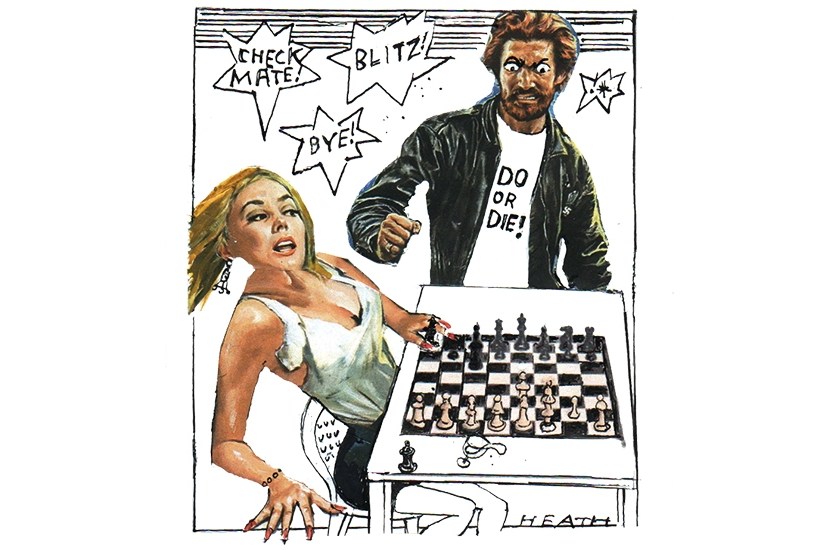
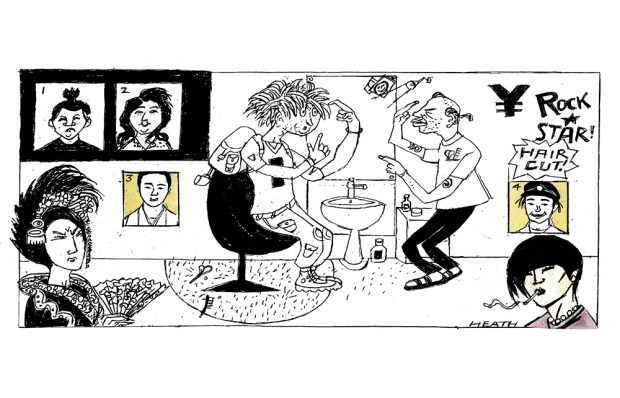
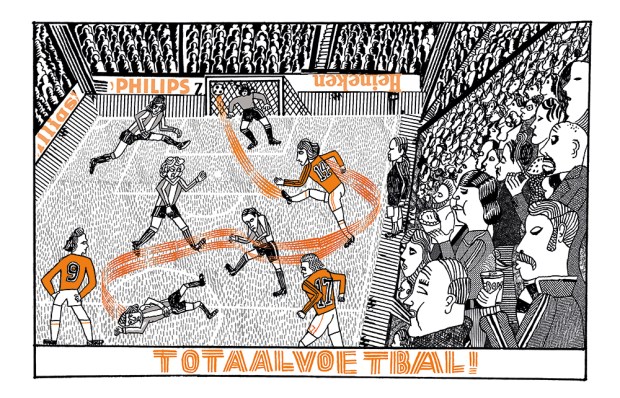
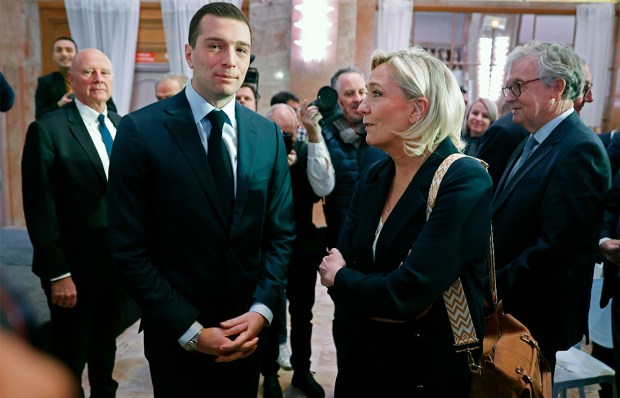
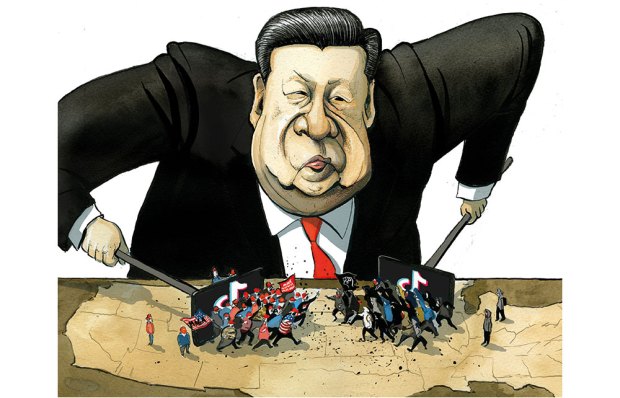
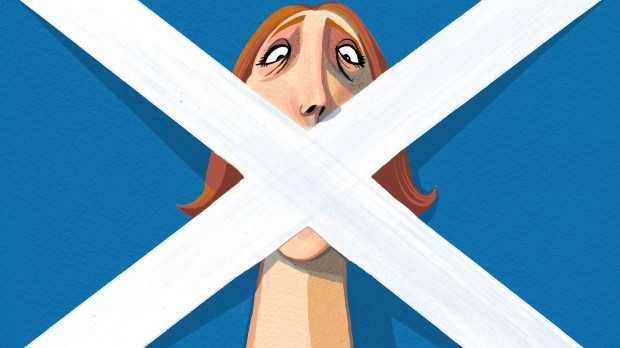
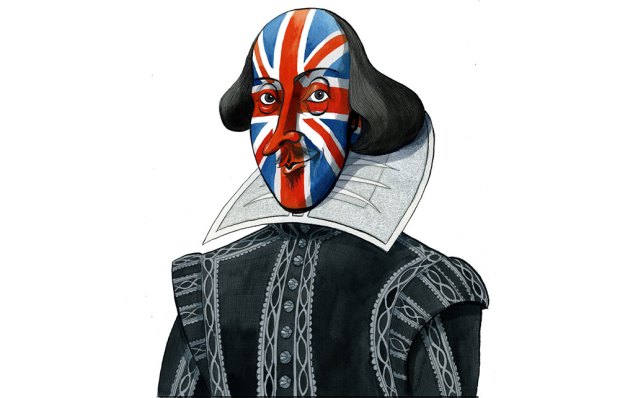






Comments
Don't miss out
Join the conversation with other Spectator Australia readers. Subscribe to leave a comment.
SUBSCRIBEAlready a subscriber? Log in